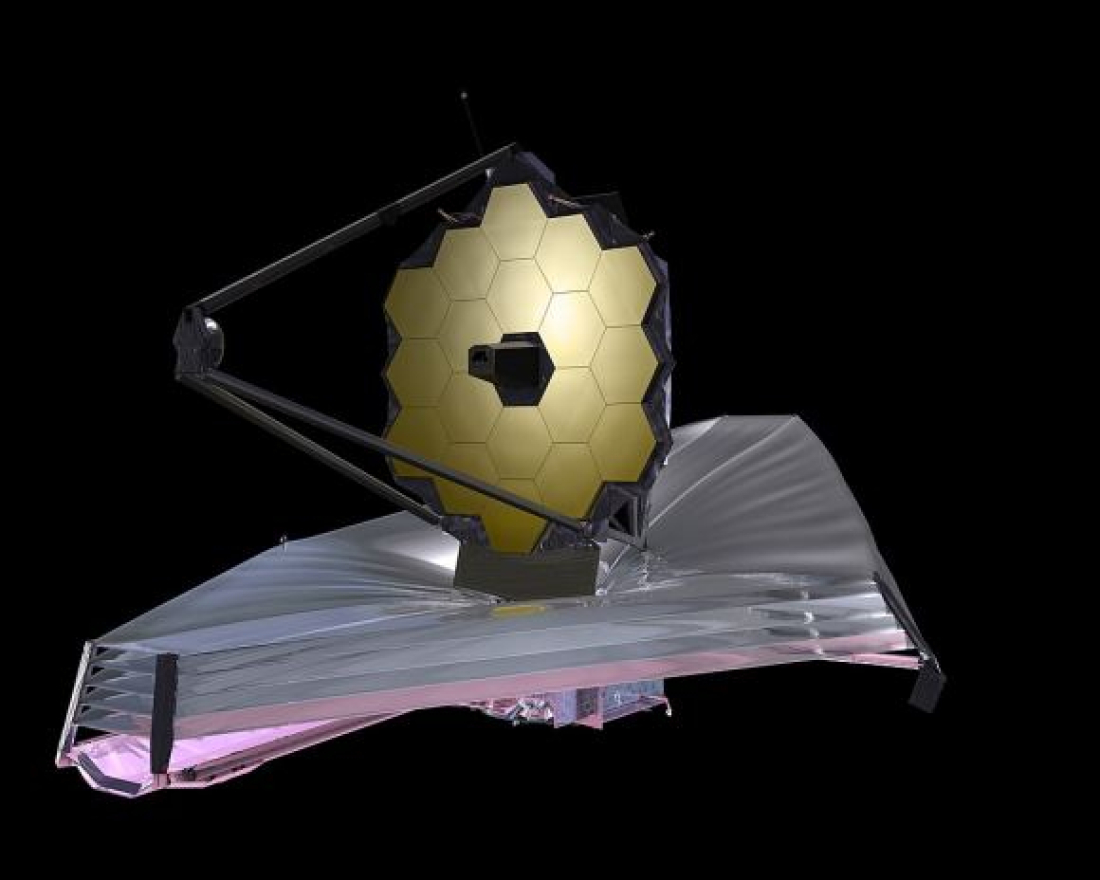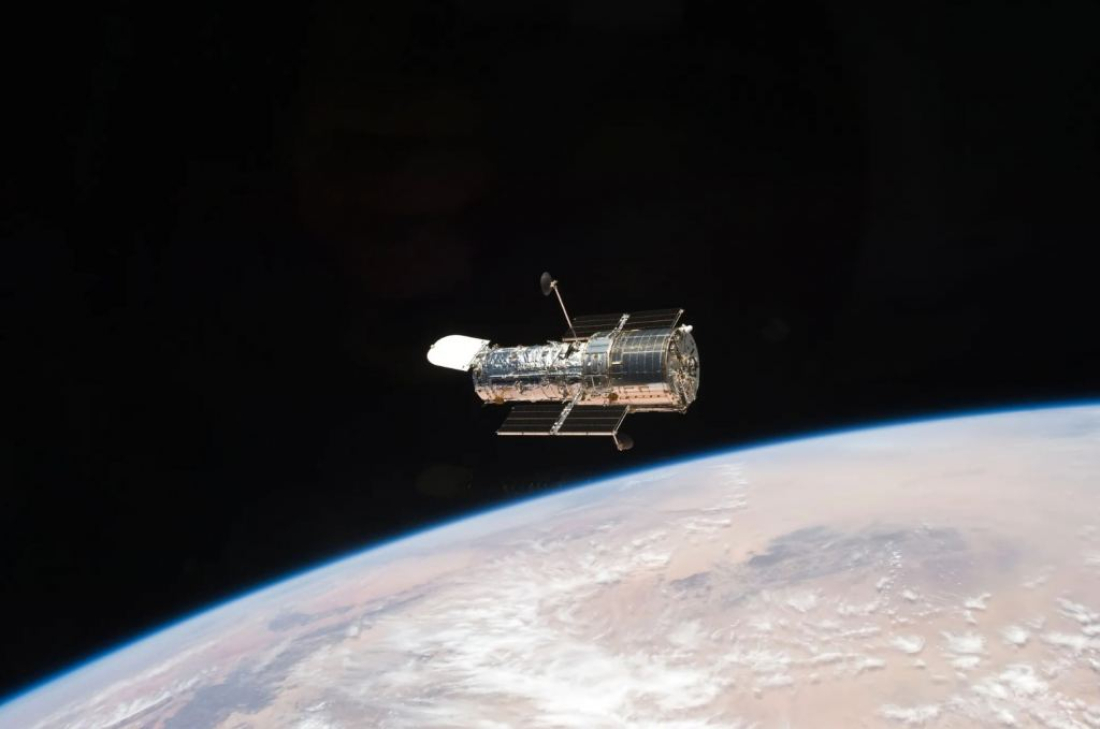North Korea's Kim Jong Un oversees test-firing of long-range missile, KCNA says
North Korean leader Kim Jong Un oversaw the test-firing on Wednesday of a long-range surface-to-air missile at a launch site near its east coast, stat...
The James Webb Space Telescope (JWST) continues to provide stunning insights into the universe.
A recent image of the protostar HH30 showcases an unprecedented level of detail, thanks to JWST’s advanced infrared capabilities. First discovered by the Hubble Space Telescope (HST), HH30 is a Herbig-Haro object, a young stellar system characterized by jets of ionized gas colliding with interstellar material.
The JWST, launched on December 25, 2021, orbits the Sun at the second Lagrange point, approximately 1.5 million kilometers from Earth. With a 6.5-meter gold-coated mirror and powerful infrared instruments, it can peer through cosmic dust to study the formation of stars, galaxies, and exoplanet atmospheres.

Studying HH30 in Detail
Recently, JWST was used to observe HH30, located 450 light-years away in the constellation Taurus within the dark cloud LDN1551. At the system’s center lies a newborn star, embedded in a dense disk of gas and dust that fuels its formation. HH30’s bipolar jets, emerging at high speeds, create shock waves that heat the surrounding gas, causing it to glow in visible and infrared wavelengths.
Astronomers combined images from JWST, HST, and the Atacama Large Millimeter Array (ALMA) to examine the disk across multiple wavelengths. These observations resulted in a detailed new image, which has been named Picture of the Month.

Revealing the Structure of Planetary Formation
JWST’s infrared sensitivity enabled researchers to track sub-millimeter-sized dust grains, while ALMA provided insight into millimeter-sized grains. The findings revealed that smaller dust grains are widely distributed, whereas larger grains settle into a narrow region within the plane of the disk. This marks a key stage in planetary system formation, as dust particles begin clumping together into small rocks and eventually planets.
The study also uncovered intricate structural details within HH30. A high-velocity jet emerges from the central disk, surrounded by a broader, cone-shaped gas outflow. These observations not only enhance our understanding of exoplanetary system formation but also provide valuable insights into the origins of our own Solar System.
Thailand and Cambodia both reported fresh clashes on Wednesday, as the two sides prepared to hold military talks aimed at easing tensions along their shared border.
Libya’s chief of staff, Mohammed Ali Ahmed Al-Haddad, has died in a plane crash shortly after departing Türkiye’s capital, Ankara, the prime minister of Libya’s UN-recognised government has said.
Afghanistan and Iran have signed an implementation plan to strengthen regulation of food, medicine, and health products based on a 2023 cooperation agreement.
Negotiations conducted with the United States and European nations, aimed at ending the nearly four-year war with Russia, were "very close to a real result," Ukrainian President Volodymyr Zelenskyy said on Monday.
The Iranian government has announced plans to build nuclear power plants using domestic industrial capacity in conjunction with Russia.
North Korean leader Kim Jong Un oversaw the test-firing on Wednesday of a long-range surface-to-air missile at a launch site near its east coast, state media KCNA reported on Thursday.
Countries including Britain, Canada, Germany and others on Wednesday condemned the Israeli security cabinet's approval of 19 new settlements in the occupied West Bank, saying they violated international law and risked fuelling instability.
A majority of Russians expect the war in Ukraine to end in 2026, state pollster VTsIOM said on Wednesday, in a sign that the Kremlin could be testing public reaction to a possible peace settlement as diplomatic efforts to end the conflict intensify.
The White House has instructed U.S. military forces to concentrate largely on enforcing a “quarantine” on Venezuelan oil exports for at least the next two months, a U.S. official told Reuters, signalling that Washington is prioritising economic pressure over direct military action against Caracas.
Military representatives from Cambodia and Thailand met in Chanthaburi province on Wednesday ahead of formal ceasefire talks at the 3rd special GBC meeting scheduled for 27th December.
You can download the AnewZ application from Play Store and the App Store.

What is your opinion on this topic?
Leave the first comment